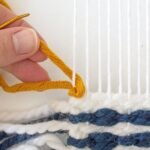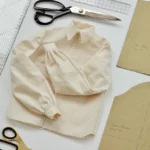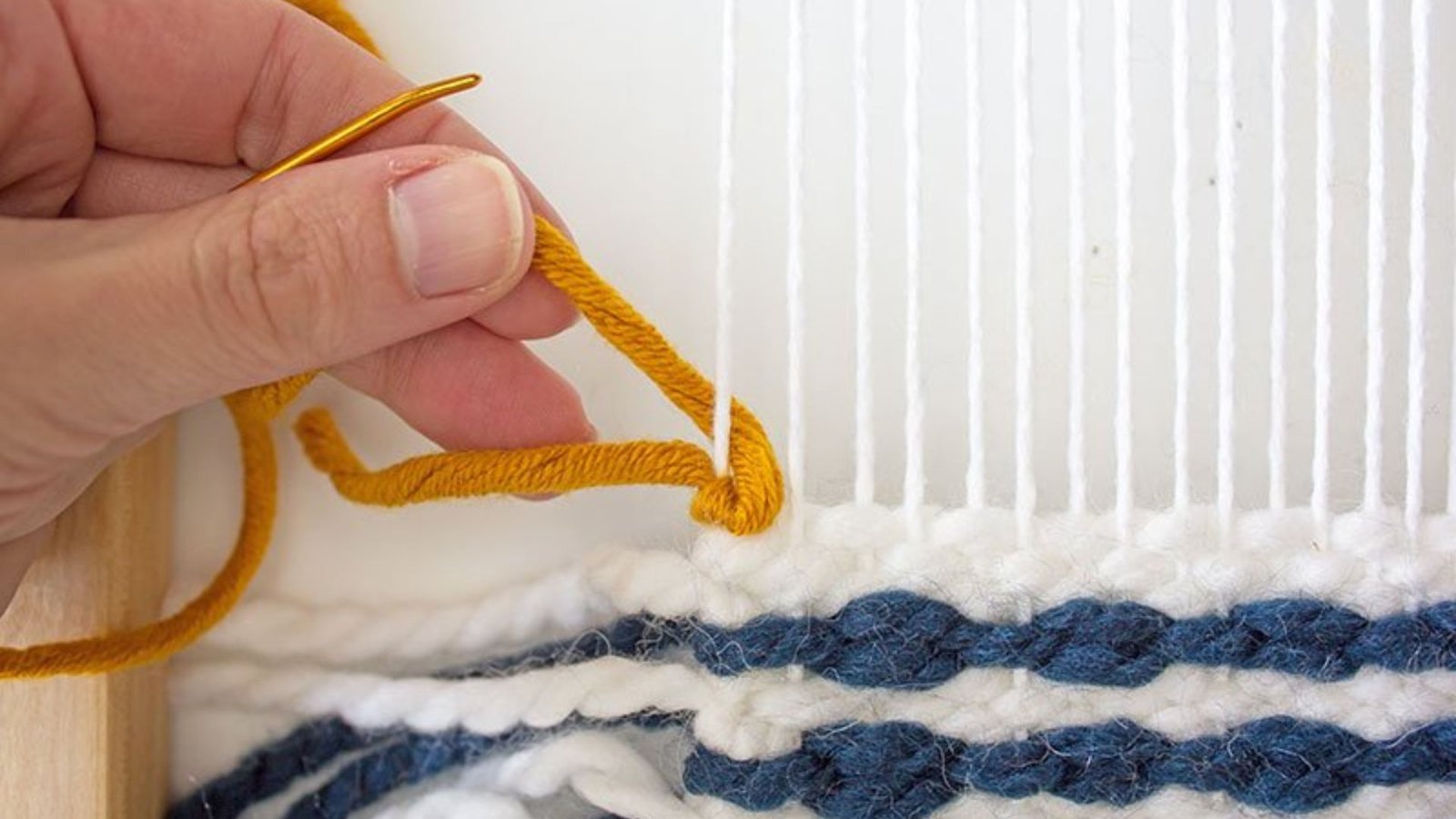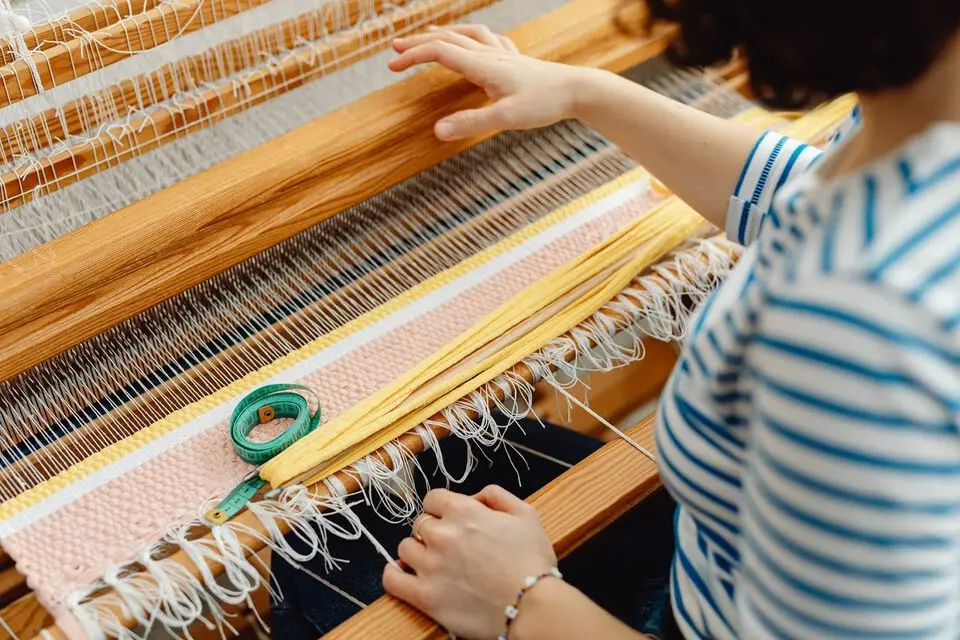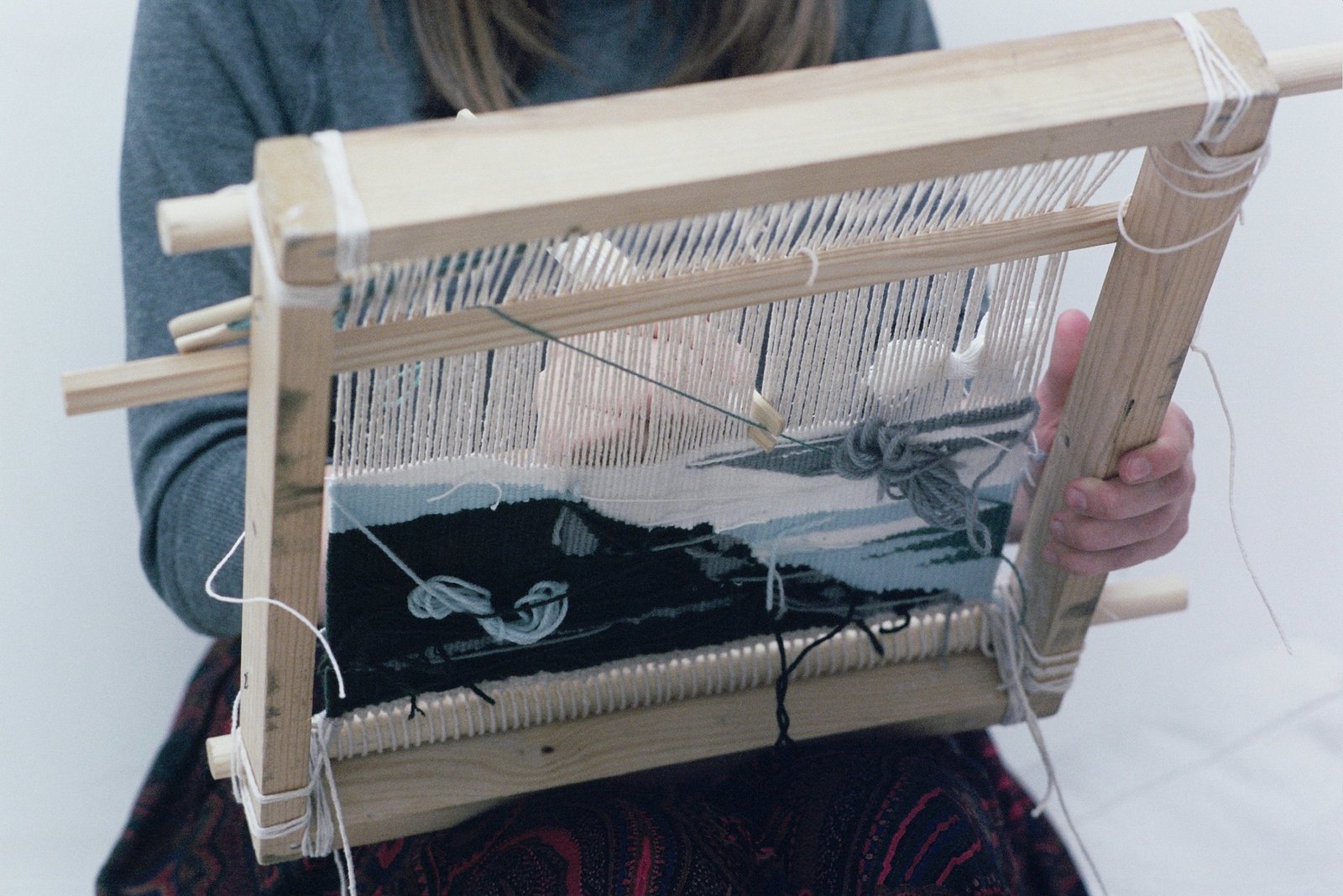As the demand for eco-friendly products grows, the weaving industry is embracing sustainability to reduce its environmental impact. Sustainable weaving practices and materials focus on minimizing waste, conserving resources, and supporting ethical production methods. This guide explores various sustainable practices and materials in weaving to help you make environmentally conscious choices.

Sustainable Weaving Practices
1.1 Using Eco-Friendly Fibers
- Organic Cotton: Organic cotton is grown without harmful pesticides or synthetic fertilizers. It promotes healthier soil and reduces water consumption compared to conventional cotton.
- Bamboo: Bamboo is a rapidly renewable resource that grows quickly and requires minimal water. It’s used in weaving for its softness and durability.
- Hemp: Hemp is another sustainable fiber that grows quickly, requires little water, and improves soil health. It’s known for its strength and longevity.
1.2 Reducing Waste
- Zero-Waste Patterns: Zero-waste weaving patterns are designed to minimize fabric waste. They involve efficient layout planning and cutting techniques.
- Scrap Utilization: Scrap materials and leftover threads can be repurposed in smaller projects or as embellishments to reduce waste.
- Recycling: Recycling old textiles or using reclaimed fibers helps reduce the need for new raw materials and minimizes environmental impact.
1.3 Energy Efficiency
- Solar-Powered Looms: Some weaving operations use solar energy to power looms and other equipment, reducing reliance on fossil fuels.
- Efficient Machinery: Upgrading to energy-efficient looms and equipment can significantly reduce energy consumption in weaving processes.
1.4 Ethical Production
- Fair Trade Practices: Supporting fair trade weaving projects ensures that artisans receive fair wages and work in safe conditions.
- Local Sourcing: Sourcing materials locally reduces the carbon footprint associated with transportation and supports local economies.
2. Sustainable Weaving Materials
2.1 Natural Fibers
- Wool: Wool is a natural fiber that is biodegradable and has a long lifespan. Look for wool that is sourced from farms with sustainable practices.
- Silk: Silk is a luxurious natural fiber with a long history of sustainable use. Ethical silk production focuses on humane treatment of silkworms and reducing environmental impact.
2.2 Recycled and Upcycled Materials
- Recycled Fibers: Recycled fibers are made from post-consumer or post-industrial waste, such as plastic bottles or old garments. They help reduce the need for virgin materials.
- Upcycled Textiles: Upcycling involves repurposing old fabrics into new products. This practice extends the life of textiles and reduces waste.
2.3 Low-Impact Dyes
- Natural Dyes: Natural dyes, derived from plants, insects, and minerals, are less harmful to the environment compared to synthetic dyes. They often have fewer chemicals and lower water pollution.
- Eco-Friendly Dyes: Some synthetic dyes are designed to be more environmentally friendly, with reduced water and energy usage during production.
2.4 Biodegradable Materials
- Biodegradable Fibers: Fibers such as organic cotton, hemp, and bamboo are biodegradable, meaning they break down naturally without leaving harmful residues.
- Compostable Fibers: Compostable fibers, including certain plant-based materials, can be broken down into organic matter and used to enrich soil.
Benefits of Sustainable Weaving
3.1 Environmental Impact
- Reduced Pollution: Sustainable practices help lower pollution levels by minimizing harmful chemicals, reducing waste, and conserving resources.
- Resource Conservation: Using eco-friendly materials and energy-efficient processes conserves natural resources and reduces the ecological footprint of weaving.
3.2 Social Impact
- Supporting Artisans: Ethical production practices support fair wages and safe working conditions for artisans, contributing to community development and social equity.
- Preserving Traditions: Sustainable weaving practices often involve traditional techniques that help preserve cultural heritage and craftsmanship.
3.3 Economic Benefits
- Long-Term Savings: Investing in sustainable practices and materials can lead to long-term savings through reduced waste and energy costs.
- Market Appeal: As consumers become more environmentally conscious, sustainable products often have greater market appeal and can command higher prices.
Tips for Adopting Sustainable Weaving Practices
- Educate Yourself: Learn about sustainable materials and practices to make informed choices in your weaving projects.
- Source Responsibly: Choose suppliers and materials that align with your sustainability goals. Look for certifications and transparency in production.
- Reduce, Reuse, Recycle: Incorporate principles of reducing waste, reusing materials, and recycling into your weaving practice.
Conclusion
Sustainable weaving practices and materials offer a way to create beautiful, high-quality textiles while minimizing environmental impact. By embracing eco-friendly fibers, reducing waste, and supporting ethical production, we can contribute to a more sustainable future for the weaving industry. Whether you’re a seasoned weaver or a beginner, incorporating these practices into your work can make a positive difference for both people and the planet.




